Do you have a Green thumb? Love nature walks? Curious about the native bushes and trees or maybe you’re just curious about the name of that plant the neighbors are growing in their front yard. Well, there’s an app for that, and it’s called PlantSnap. This is our real-life PlantSnap review.
Want to check it out? Click to see reviews on iTunes here.
Our PlantSnap review
If you have even the slightest inclination to identify the trees, bushes, plants and flora around you then, this app can help you out quickly.
If you’ve ever spent long hours researching and comparing pictures of various plants online, trying to determine the species of a plant you just found, you’ll understand the value of PlantSnap. This app is able to recognize more than 103,000 species of plants,PLUS identify most of the species you can encounter in North America or Europe almost instantly.
The nice part, as every new picture is added, their database grows, and with more data, comes better chances the next person will be able to identify their plant easier.
How Does It Work?
With PlantSnap, identifying an unknown plant species is literally a snap. All you need to do, once you’ve downloaded the app to your tablet or smartphone (both Android or Apple) is:
- Open PlantSnap and snap a clear picture of the plant in question, whether it’s a picture of the flower, leaves or other distinguishable area of the plant.
- Upload the picture to PlantSnap and let it do it’s magic.
- PlantSnap will instantly identify your plant in its vast database and give you a few choices based on similar findings
- Once you choose one, it will provide you with all the most relevant information about it – including facts about where it normally grows, whether or not it’s edible and more.
- You can catalog all your plants and keep all the information in one place for easy access.
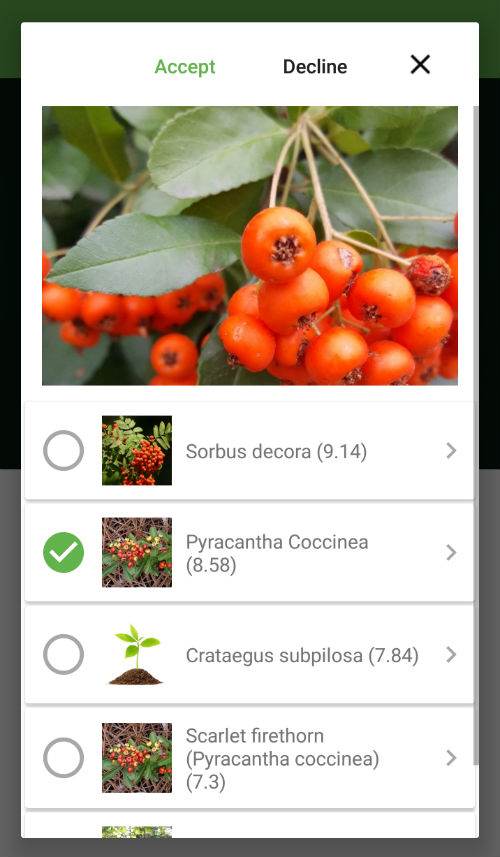
 PlantSnap App Review: How to Identify Plants Fast
PlantSnap App Review: How to Identify Plants Fast
PlantSnap is the simplest and easiest to use app of it’s kind we’ve found. It’s also a lot more efficient than similar apps, because it uses a combination of deep learning, pattern recognition and advanced AI to identify any plants you take a picture of at short notice.
Because the database is in the cloud, it won’t take up unnecessary space on your device. When you’re not close to your wireless router, a WiFi hotspot or a cell tower, the app will store your snaps and provide you with the results as soon as you’re in range.
PlantSnap can also help identify plants using past pictures you’ve taken. So, if there is an amazing flower or bush you saw on your travels, then PlantSnap might be your answer.
Of course, PlantSnap is still a work in progress. It easily identified several plants around our yard but a few it had trouble on. The nice part was that it gave us a few clues to the kind of plant they were so we were still farther along than without it. It also allowed us to upload our image with our own information on the plant so others can benefit on what we’ve discovered.
We also loved all the information the app provides as well as links to earth.com which gave us more information on our plants. You could even just type in certain information about a plant and PlantSnap would give you suggestions and pictures of possible matches.
It’s clear the developers have done a lot of work to make PlantSnap the best recognized mobile application designed for identifying plants in a practical and convenient fashion and their database is getting larger everyday. We look forward to watching as the app and it’s matching algorithms continue to grow.
PlantSnap’s goal is to compile all the information available on the roughly 315,000 plants that are currently in their database of known species of plants from all around the globe and make it easily available to everyone. Based on the promising results so far, and the fact that it’s only been a few months since the Beta version was launched in early 2017, PlantSnap is quickly on track to become an indispensable tool in any aspiring botanists arsenal.
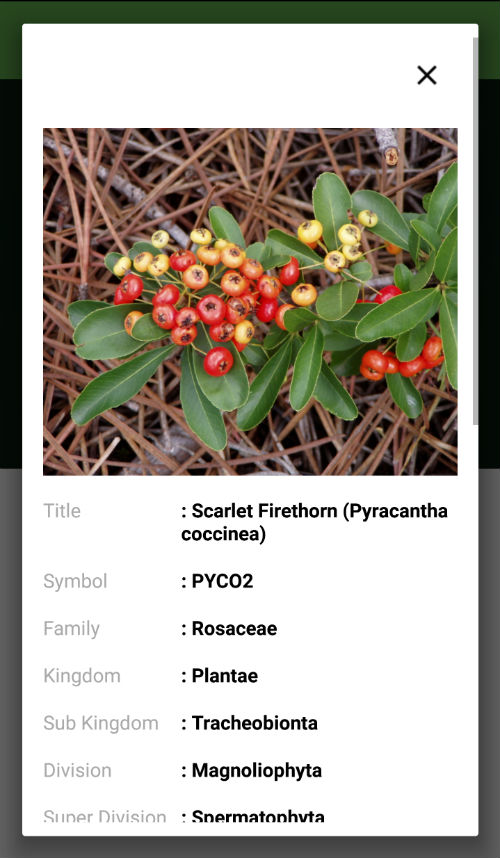
Who Can PlantSnap Help?
PlantSnap is a great asset for botanists and scientists who prefer not to carry around bulky field journals and field guides when they want to observe rare and exotic plants in their natural habitats.
Also, whether you’re a teacher wanting to inform your students on unusual plants when you’re going on a field trip, a landscaper who uses plants regularly as part of complex landscaping projects, or just someone who really loves plants and flowers, getting PlantSnap will definitely be worth your while.
See price and Plantsnap reviews on iTunes now.
Some parents even do plant scavenger hunts with their kids using PlantSnap as their guide. It’s a great way to get your kids running around the yard while still getting to use cool tech and learn about the world around them.
We loved it for identifying a few plants in our yard that we had no idea what they were as well as identifying a certain weed that refuses to go away. Now that we know exactly what it is, we’re confident we can get the proper treatment for it without having to call in a costly landscaper.
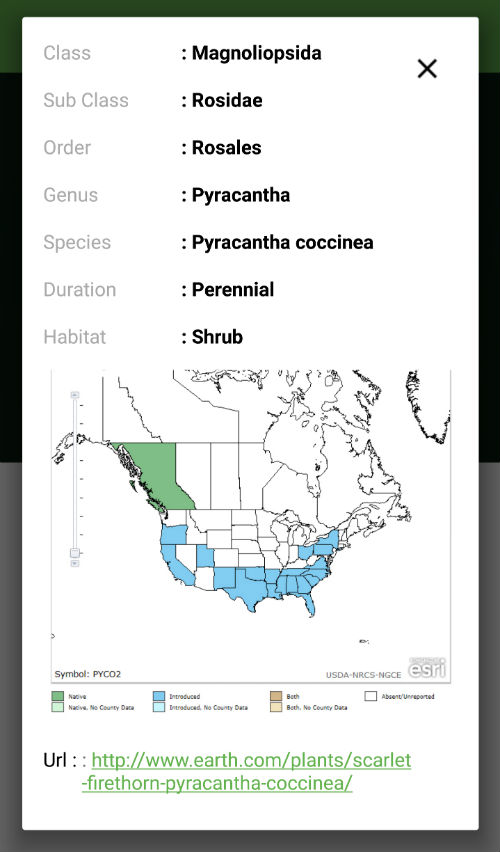
Tips for Proper Plant Identification With PlantSnap
Just like every app that uses any kind of photographic algorithm, the results Plantsnap gives you depend on you taking a good photo.
So how do you take a good plant photo?
Well, having a decent camera is a good start. Most newer Android and Apple smartphones have decent cameras provided they have a good light source. Sorry, using the flash doesn’t constitute good light, so make sure you take your pictures in the day if you can. Also be careful of over exposure or too much shade. The idea is to capture the plant in the most natural light possible.
Second, it’s important to make sure the plant you’re photographing is in focus. An easy way to achieve that is to hold your phone steady and try to make sure the part of the plant you’re shooting is in the center of the screen. Your distance will vary based on the size of the subject you’re shooting but make sure a few things are clear, such a flower buds or leaf ridges.
You also don’t want to take a picture of the entire plant. Focusing on the flowers and leaves gives PlantSnap the best chance to identify something and make sure the plant you want to identify is the only plant in the frame. PlantSnap can only identify one plant at a time and having the leaves of one plant and the flowers of another won’t yield good results. We saw a few bad Plantsnapp reviews, and this seemed to be the reason.
If your phone is having trouble focusing on where you want it to, tap your screen where you want your camera to focus and it should become clearer. Also make sure you’re not zooming in since the vast majority of smart phones only use a digital zoom which doesn’t make the picture any clearer than doing it after the picture is taken.
As well, PlantSnap allows you to zoom in and crop your picture after you take the photo so that’s a good time to make sure there’s no other plants in the frame and that you’re centered on the part of the plant that would make it the easiest to identify.
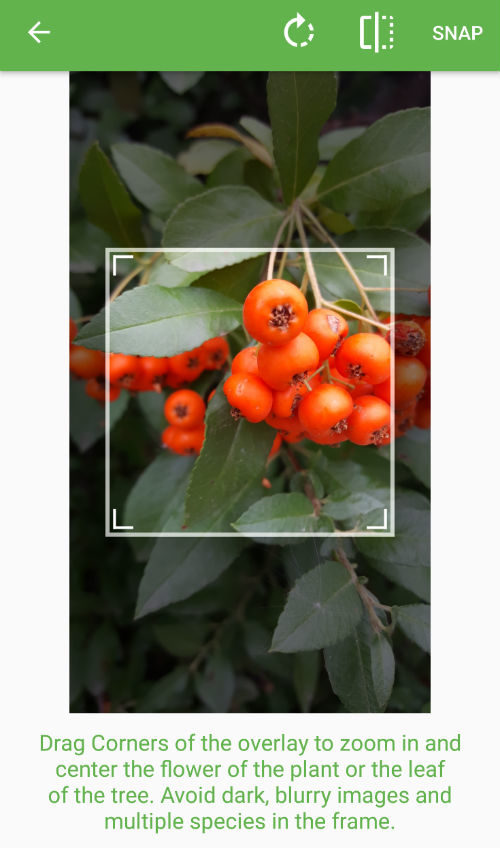
Have you tried it? We’d love to hear your plant snap review!
Want to learn more?
Click here to learn more about PlantSnap!
We have have been compensated by Plantsnap for this post, but all opinions are our own.
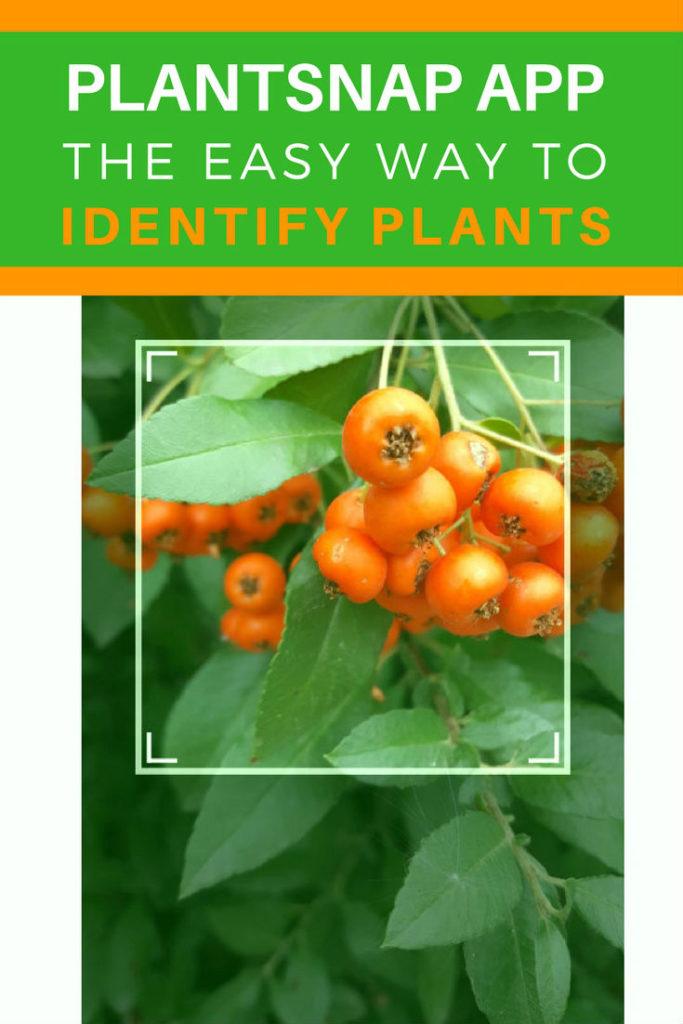

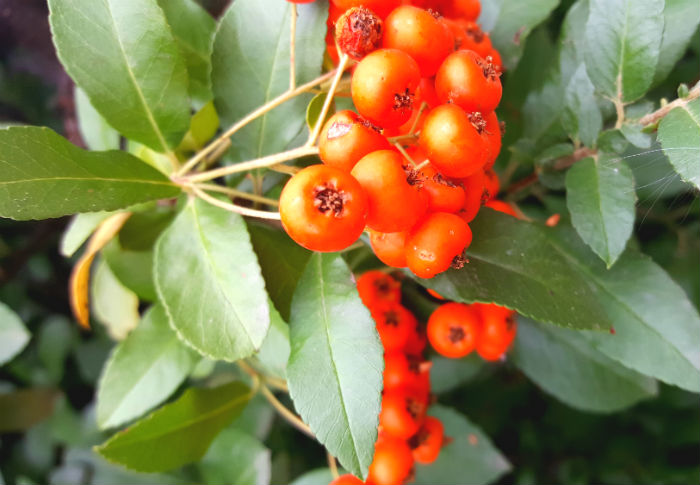
7 comments
It is such a kewl app!
How does this work for tropical flora? Or do you have one for the indo pacific?
Hey Gerry! I believe PlantSnap only offers one version right now. Thanks for reading!
Will plantssnap identfy plants in pls es like New GuineA
As the plant database grows there should be more and more plants identifiable. Of course, some local plants have origins in New Guinea so those would be identifiable now.
As an ethnobotanist and college teacher, I think this might help my students — and me, too, especially on trips. One note, based on the photos of the app provided in this review, “shrub” is a “habit” — which means growth form — not a “habitat” — which means the environmental conditions in which a species likes to grow. Thanks for all your work on this app. I will definitely give it a try.
Does this app identify weeds? Does it apply to all of North America or just the U.S.?